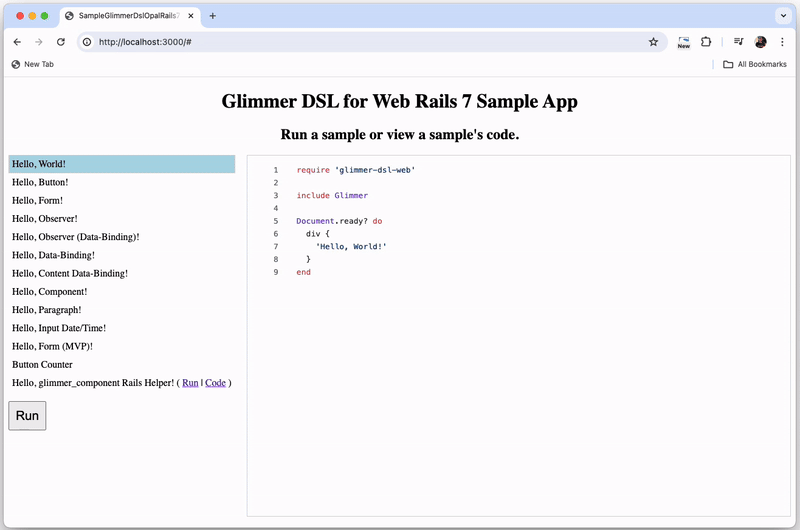Introduction:
In this tutorial, we’ll walk through the process of implementing a dynamic theme switching feature on a web page using CSS variables and JavaScript. We’ll create both dark and light themes and allow users to toggle between them seamlessly.
Prerequisites:
Basic knowledge of HTML, CSS, and JavaScript.
Step 1: Setting Up the HTML Structure:
<html lang=“en”>
<head>
<meta charset=“UTF-8”>
<meta name=“viewport” content=“width=device-width, initial-scale=1.0”>
<title>Dynamic Theme Switching</title>
<link rel=“stylesheet” href=“style.css” />
</head>
<body>
<header>
<h1>Dynamic Theme Switching 🎨</h1>
</header>
<div class=“container”>
<div class=“card”>
<h2>Hello World! 👋</h2>
<p>Welcome to our website. Enjoy the dynamic theme switching feature!</p>
</div>
</div>
<button id=“theme-toggle”>Toggle Theme 🌗</button>
<footer>
<p>© 2024 Dynamic Theme Switching. All rights reserved.</p>
</footer>
<script src=“script.js”></script>
</body>
</html>
Step 2: Creating the CSS Styles:
:root {
–bg-color: #ffffff; /* default light mode background color */
–text-color: #000000; /* default light mode text color */
}
.dark-mode {
–bg-color: #333333;
–text-color: #ffffff;
}
body {
background-color: var(–bg-color);
color: var(–text-color);
transition:
background-color 0.3s,
color 0.3s;
font-family: Arial, sans-serif;
margin: 0;
}
header {
background-color: var(–bg-color);
color: var(–text-color);
padding: 20px;
text-align: center;
border-bottom: 1px solid rgb(175, 175, 175);
}
.container {
display: flex;
justify-content: center;
align-items: center;
min-height: 60vh;
}
.card {
background-color: var(–light-bg-color);
border-radius: 10px;
box-shadow: 0 0 10px rgba(0, 0, 0, 0.1);
padding: 20px;
text-align: center;
}
button {
background-color: #007bff;
color: #ffffff;
border: none;
padding: 10px 20px;
font-size: 16px;
border-radius: 5px;
cursor: pointer;
transition: background-color 0.3s;
margin-top: 20px;
}
button:hover {
background-color: #0056b3;
}
button#theme-toggle {
position: fixed;
bottom: 20px;
right: 20px;
background-color: #007bff;
color: #ffffff;
border: none;
padding: 10px 20px;
font-size: 16px;
border-radius: 5px;
cursor: pointer;
transition: background-color 0.3s;
}
button#theme-toggle:hover {
background-color: #0056b3;
}
footer {
border-top: 1px solid rgb(175, 175, 175);
background-color: var(–bg-color);
color: var(–text-color);
padding: 20px;
text-align: center;
}
Step 3: Implementing the JavaScript Logic:
const body = document.body;
themeToggle.addEventListener(‘click‘, () => {
body.classList.toggle(‘dark-mode‘);
});
Step 4: Testing and Final Touches:
Open the HTML file in a browser.
Click the “Toggle Theme” button to switch between dark and light modes.
Make any additional adjustments to the CSS for better theme consistency.
Conclusion:
Congratulations! You’ve successfully implemented a dynamic theme switching feature using CSS variables and JavaScript. Users can now enjoy a personalized browsing experience with dark and light modes.



